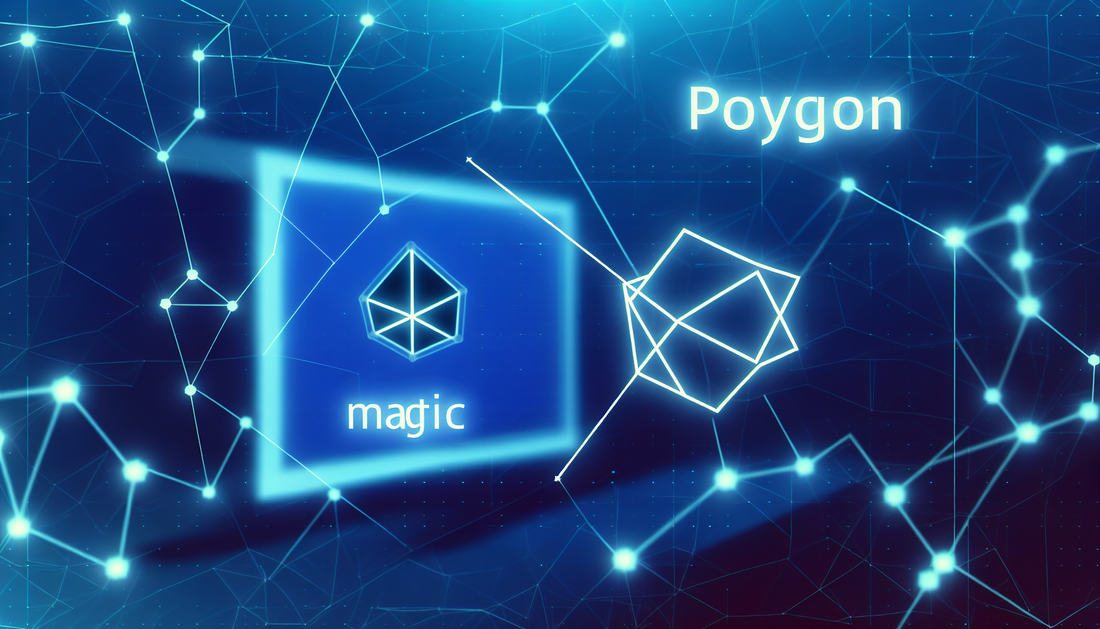
Examining the Flaws of Polygon: A Critical Review
Share
Biggest Criticisms of Polygon (MATIC)
Polygon, formerly known as MATIC, has emerged as a leading Layer-2 scaling solution for Ethereum, offering improved transaction speed and reduced costs. While Polygon has gained substantial traction and is celebrated for advancing the Ethereum ecosystem, it's not without its share of criticisms.
Complex Architecture
One of the primary criticisms of Polygon is its complex architecture. Polygon employs a multi-chain system, which is perceived as difficult to understand and navigate, especially for developers new to blockchain technology. The intricacy of integrating and executing smart contracts across multiple chains can be daunting, potentially hampering mainstream adoption.
Security Concerns
Another significant criticism leveled against Polygon is concerning its security model. As a Layer-2 solution, Polygon relies on Ethereum but also has its set of validators. Critics argue that this setup introduces additional security risks and vulnerabilities. Some believe that the validator model may be susceptible to attacks, thus undermining the security assurances provided by Ethereum's more robust and decentralized infrastructure.
Decentralization Challenges
Polygon has faced scrutiny regarding its decentralization. While marketed as a decentralized network, some critics point out that Polygon's validator network is relatively small compared to Ethereum's. This smaller validator set may concentrate influence among a few nodes, reducing the network's overall decentralization and making it potentially vulnerable to manipulation.
Reliance on Ethereum
Polygon's dependence on Ethereum is another topic of debate within the crypto community. Although this reliance positions it well to capitalize on Ethereum's success, it also means that any fundamental issues plaguing Ethereum, such as scalability and transaction fees, could eventually impact Polygon's effectiveness. This dependence may limit Polygon's ability to innovate independently of Ethereum's ecosystem.
Environmental Impact
While Polygon ameliorates Ethereum's high energy consumption to some extent through better scalability, it's still inherently linked to Ethereum’s Proof-of-Work (PoW) model, which has been criticized for its environmental footprint. Layer-2 solutions like Polygon are a step towards sustainability, but critics argue more needs to be done to mitigate the environmental impact fully.
While Polygon continues to play a crucial role in enhancing Ethereum's capabilities, it is essential to remain vigilant about these criticisms. Addressing these issues head-on will be vital for its sustained growth and trust within the blockchain community.
For more insights on similar blockchain challenges, visit The Internet Computer: Unpacking Its Biggest Criticisms.
